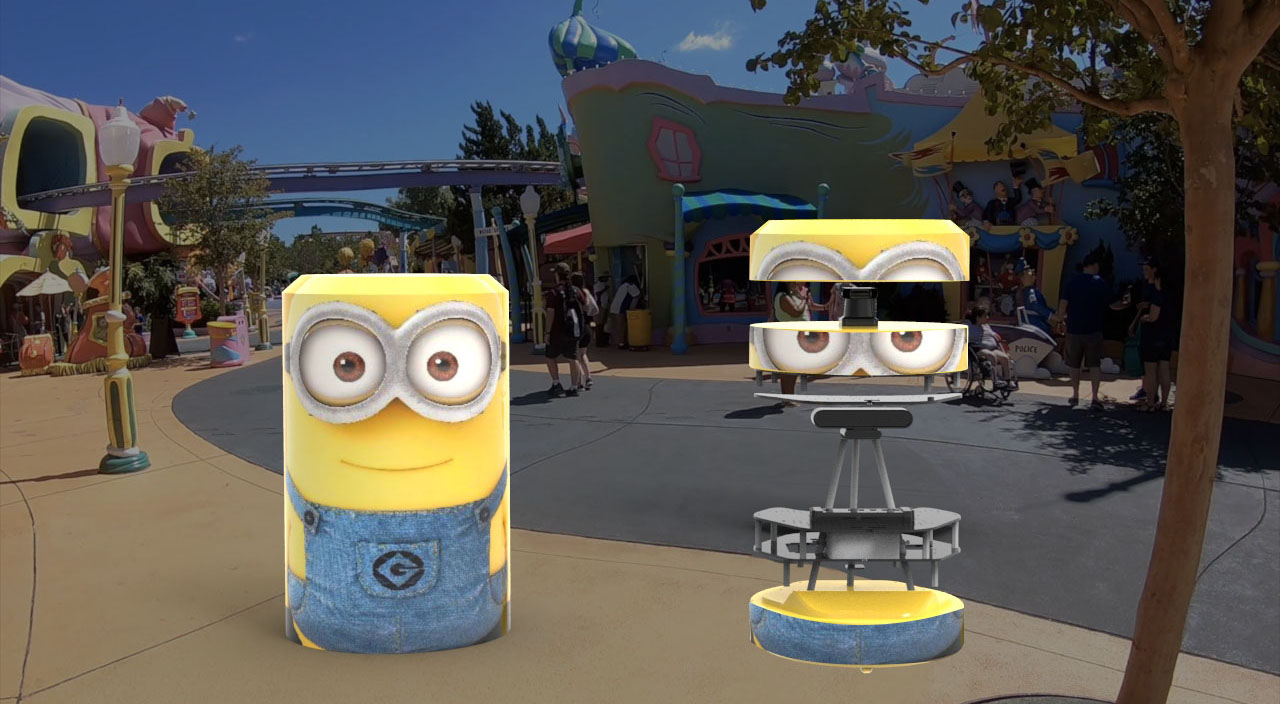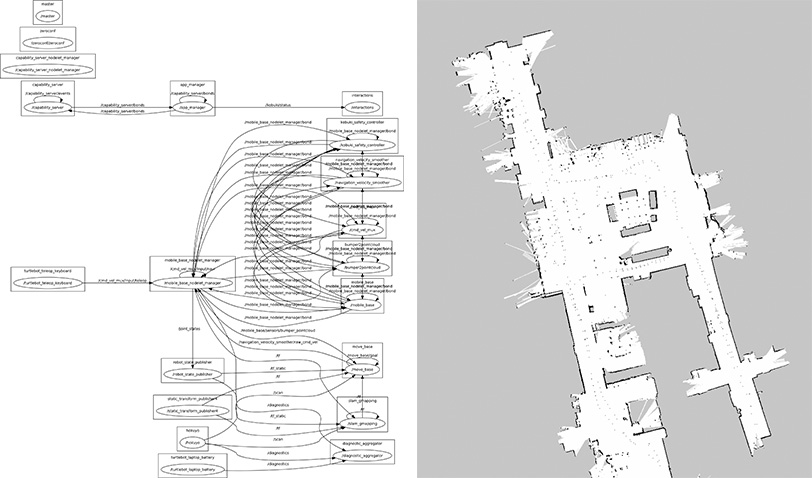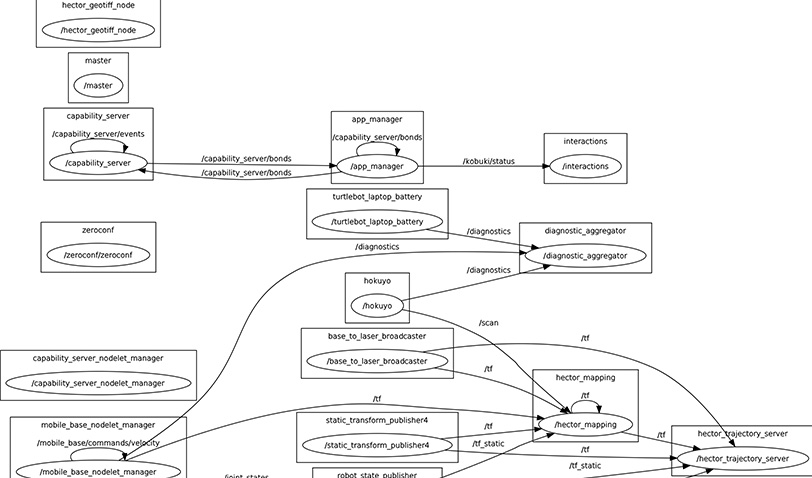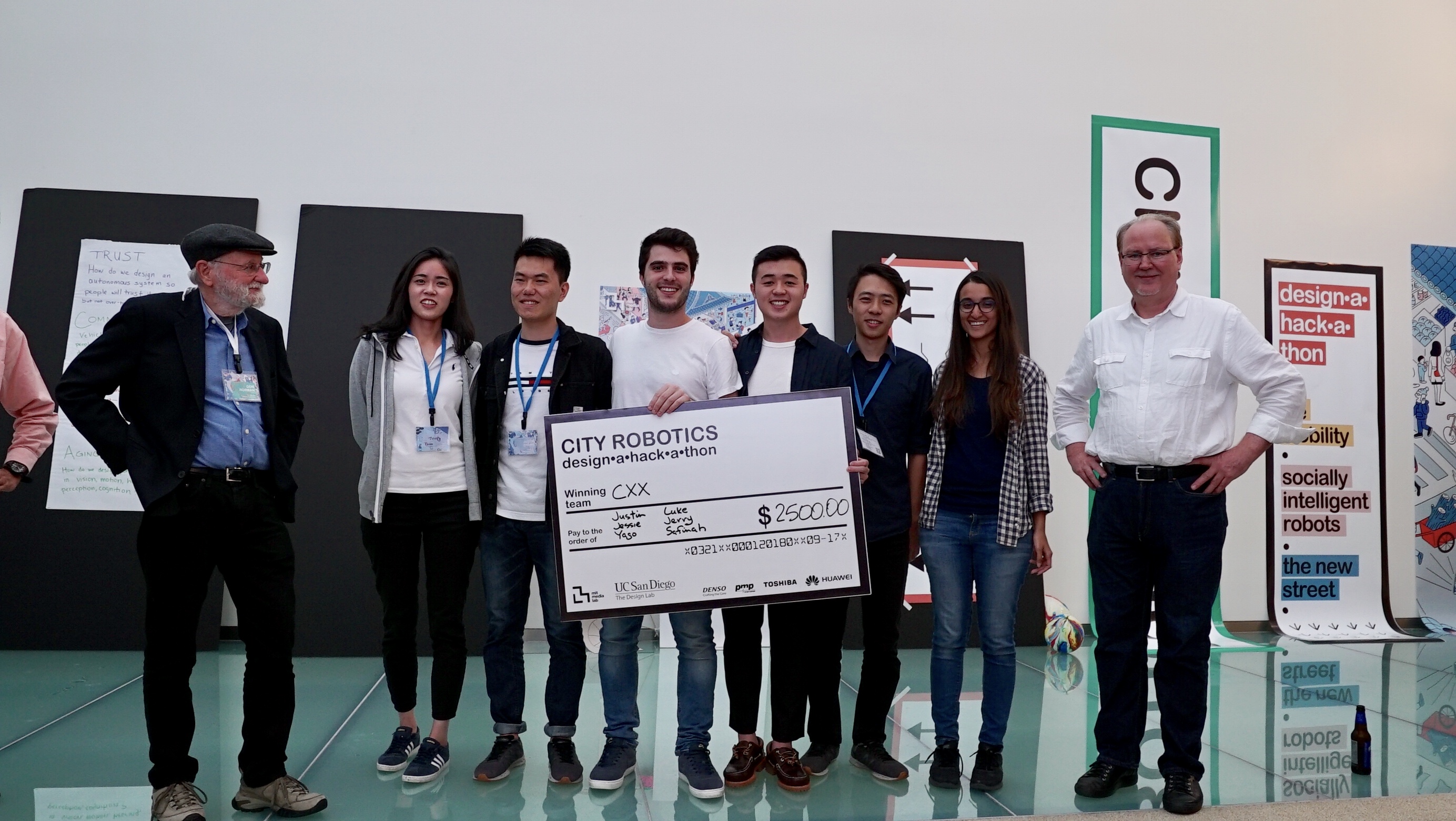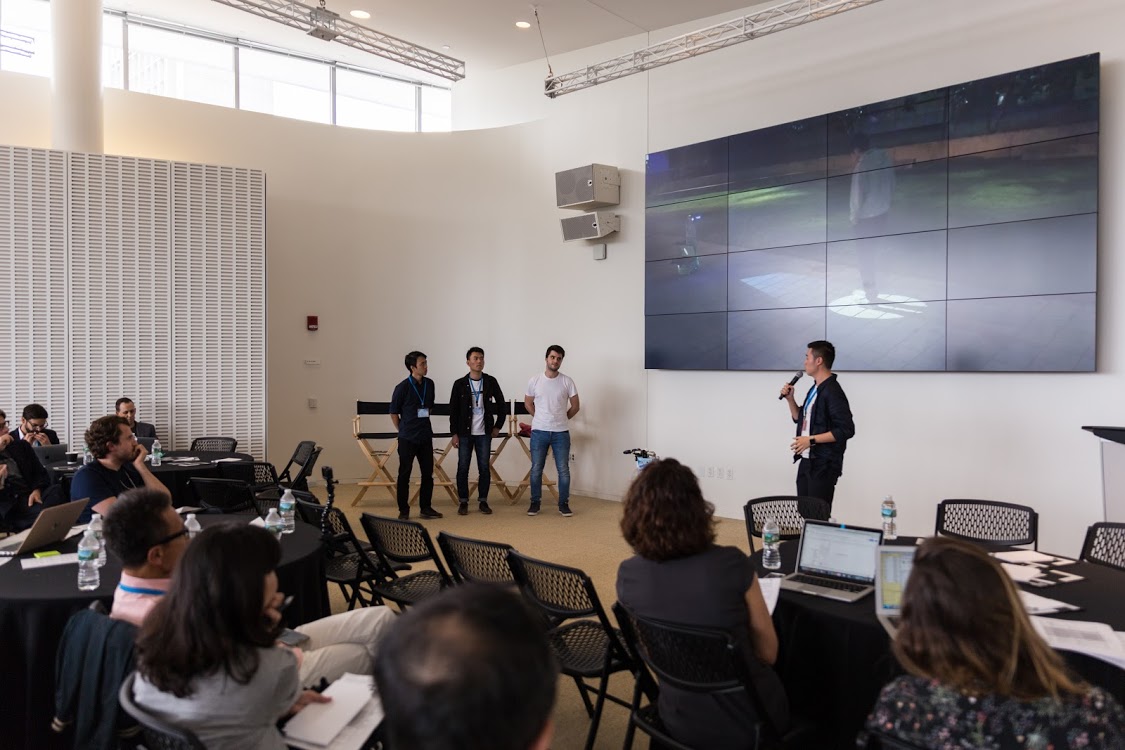Universal studio collaboration
Universal studio is one of the sponsor companies of the MIT Media Lab. The R&D Advanced Technology team saw the project and invited us to the Orlando resort to host a workshop and propose robotic solutions.
One major problem that we noticed at the park is the traffic control. There are multiple parades in the park during the day, and the park always needs to deploy staffs to keep the tourists from blocking the road. As Universal studio aims to provide an immersive experience for the visitors, having staffs to block the people somehow breaks the experience.
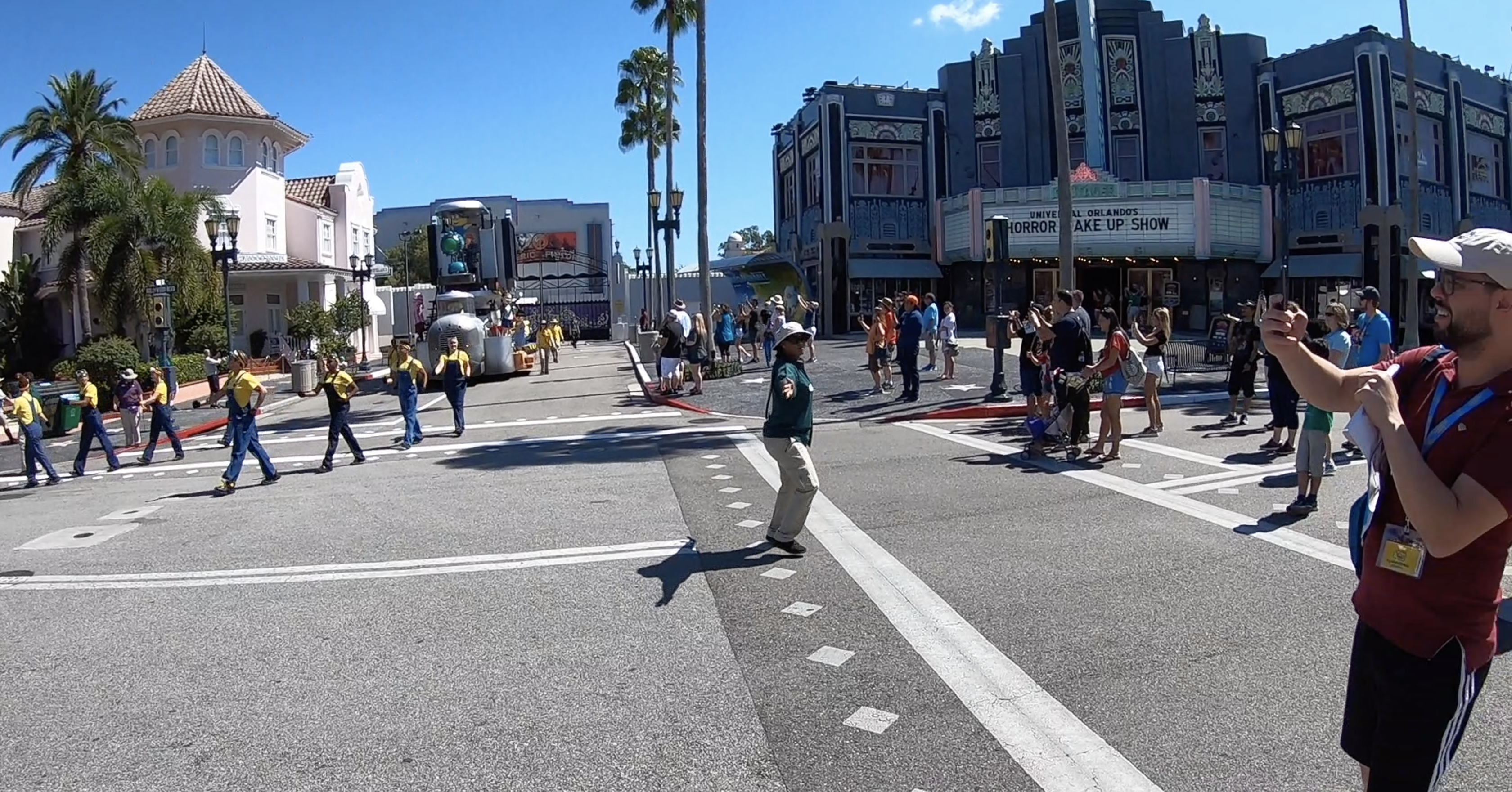
We propose to use the same technology that we used for Bollardbot, and transform the robot to the studio's characters. When there is no parades, these robots sit quietly in the park as infrastructures. When the parade starts, the robots will form together and guide the visitors to the sidewalk. We proposed the Minions robots that fit in to the park's theme without breaking the immersive experience for the visitors.
Due to the NDA I cannot show more information of the park, but our team explored the back of the house where the park employees travel and proposed other robotic solutions. Stay tuned on the MIT Media Lab – City Science Group website for future information.
